Increasing heart arrhythmia treatment efficacy
The challenge
Arrhythmia, known as cardiac arrhythmia or heart arrhythmia, is a group of conditions in which a person’s heartbeat is irregular. It is estimated that 17.9 million people will suffer with atrial fibrillation, the most common type of arrthymia, in Europe by 2060.[1]
Cardiac arrhythmias shorten patients’ life expectancy, reduce their quality of life and can require the continuous use of medication or the need to undergo multiple interventions.[2][3] For these reasons, cardiac arrhythmia treatment is resource heavy and places a burden on healthcare systems.
The Strategic Research Agenda for Cardiovascular Diseases considers the improvement of the cardiac arrhythmias treatment a priority area due to limitations of existent therapeutic strategies.[4] One of the main problems is the low efficacy of anti-arrhythmic treatments.
Interventions such as cardiac ablation have a low success rate: more than 50% of patients cannot be cured even after several surgeries.[5] The main reason for the low treatment efficacy is the lack of tools to identify the cardiac region where the arrhythmia originates in each patient.
The solution
The SAVE-COR project will introduce a new solution to identify the cardiac region where a patient’s arrhythmia originates. SAVE-COR stands for the stratification of atrial and ventricular arrhythmias based on electrocardiographic imaging.
SAVE-COR’s solution, ACORYS®, is a medical device which combines software (innovative 3D image processing technology) and hardware (a high-density set of 128 electrodes). The device non-invasively creates a detailed map of cardiac activity and identifies the origin of the arrhythmia.
ACORYS® is designed to help the clinicians through the entire patient journey, from diagnosis to a personalised treatment plan. The solution aims to increase ablation arrhythmia treatment efficacy and reduce mean arrhythmia treatment costs.
The device uses real-time global mapping in order to generate cardiac maps more quickly than traditional point-by-point catheter mapping methods. ACORYS® does not require any additional specialised equipment, for example, medical imaging devices. This makes it suitable for being used during routine consultations.
Expected impact
The SAVE-COR team plan to validate their device in four clinical studies involving more than 3000 arrhythmia patients at hospitals of Germany, Portugal, Spain and Sweden. Their objective is to obtain a CE mark, enter the market and become a recommended solution within the European arrhythmia management guidelines.
SAVE-COR’s solution aims to increase the efficacy rate of arrhythmia catheter ablation. This will improve patient outcomes and boost quality of life for citizens affected by arrhythmia. By improving treatment efficacy, this project aims to reduce the need for arrhythmia patients to under multiple interventions. This in turn would help to reduce the burden that arrhythmia treatment places on healthcare systems in Europe.
External partners
- Corify Care, S.L
- Arrhythmia Alliance
References
[1] Lippi, G., Sanchis-Gomar, F., Cervellin, G. (2021). Global epidemiology of atrial fibrillation: An increasing epidemic and public health challenge. International Journal of Stroke, 16(2), 217-221.
[2] European Heart Rhythm Association. (2010). Guidelines for the management of atrial fibrillation. European Heart Journal, 31, 2369-2429.
[3] Kirchhof, P. et al. (2016) .ESC Guidelines for the management of atrial fibrillation developed in collaboration with EACTS. European Journal of Cardio-Thoracic Surgery, 50, 1-88.
[4] Era-cvd.eu. 2022. [online] Available at: <https://www.era-cvd.eu/media/content/ERA-CVD_SRA_05-2019.pdf> [Accessed 25 March 2022].
[5] Mujovic, N. et al. (2017). Catheter Ablation of Atrial Fibrillation: An Overview for Clinicians. Advances in Therapy, 34(8), 1897–1917.
Members

CLC/InnoStars: Spain
The Universitat Politècnica de València (UPV) positions itself as an ideal strategic partner for EIT Health thanks to its strong track record in applied research and its leadership in technological innovation in Spain and Europe. Its ability to develop disruptive solutions in key health areas, such as biotechnology, applied artificial intelligence, medical devices, biomaterials, and biosensors, reflects its commitment to scientific progress.
Furthermore, its active participation in European programs such as H2020 and Horizon Europe demonstrates its expertise in international collaboration and its ability to integrate into multidisciplinary consortia. The UPV has a dynamic entrepreneurial ecosystem, driven by the Spin-UPV program, which fosters the incubation and acceleration of health-related startups.
Its close connection with the healthcare sector is materialized through established collaborations with leading hospitals and research institutes, such as IIS La Fe, FISABIO, INCLIVA, and FiHGUV, through programs aimed at generating seed projects and promoting innovation.
Additionally, the UPV boasts high-level infrastructure, represented by its knowledge transfer office, UPV-Innovación, and its science park, the Ciudad Politécnica de la Innovación, which strengthen knowledge transfer and the creation of socioeconomic impact.
Overall, the UPV not only provides academic and technological excellence but also a proven capacity for innovation, collaboration, and impact generation in the health sector in Europe.
Universitat Politècnica de València (UPV)
Universitat Politècnica de València (Technical university of Valencia) (UPV), Camino de Vera, s/n, 46022, Valencia (Spain)
Key Activities in Research and Developement
- Research in biomedical engineering and medical devices
- Development of AI and machine learning applications for healthcare
- Biomechanics and ergonomics research
- Research in telemedicine and e-health solutions
- Development of rehabilitation technologies
- Research in biomedical imaging and signal processing
Key Activities in Corporate Innovation
- Collaboration with healthcare industry partners for technology transfer
- Innovation partnerships with hospitals and healthcare providers
- Joint development projects with medical device companies
- Participation in healthcare innovation clusters
- Development of patented healthcare technologies
Key Activities in Social Innovation
- Projects focused on aging population solutions
- Development of assistive technologies for disabled people
- Health promotion and prevention initiatives
- Community health programs
- Solutions for healthcare accessibility
Key Activities in Business Creation
- Support for healthcare startups through IDEAS UPV
- Incubation services for health-tech companies
- Mentoring programs for healthcare entrepreneurs
- Access to specialized laboratories and equipment
- Connection with healthcare industry networks
Key Activities in Education
- Biomedical Engineering degree programs
- Health technology management courses
- Medical device design and development training
- Healthcare innovation and entrepreneurship programs
- Continuing education in healthcare technologies

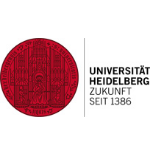
CLC/InnoStars: Germany
Partner classification: Education, Research, Tech Transfer, Clusters, Other NGOs, Hospital / University Hospital
As a comprehensive university, Heidelberg offers, in collaboration with its university hospital, a fertile ground for innovations in the different action fields of healthy living & active ageing by drawing on insights from all academic disciplines.
Heidelberg University
Heidelberg University, Seminarstraße 2, 69117 Heidelberg, Germany
Key Activities in Research and Developement
Biomedical engineering, Life Sciences, Social sciences / health economics, Clinical research
Key Activities in Social Innovation
Healthcare provision, Payers
Key Activities in Business Creation
Incubation, Technology Transfer
Key Activities in Education
Entrepreneurship training, Technical faculties, Medical faculties, Healthcare professional education/training

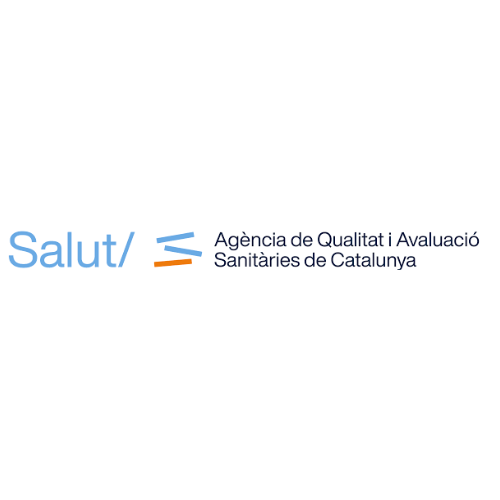
CLC/InnoStars: Spain
Partner classification: Municipality / City, Tech Transfer, Clusters, Other NGOs
The Agency for Health Quality and Assessment of Catalonia is a public legal entity subject to private law, under the auspices of the Generalitat of Catalonia’s Health Services Department which serves public policy. The mission of AQuAS is to promote knowledge and know -how aimed at improving the quality, safety and sustainability of the Catalonian healthcare system.
Agency for Health Quality and Assessment of Catalonia
Agency for Health Quality and Assessment of Catalonia, Carrer de Roc Boronat, 81, 08005 Barcelona, Spain
Key Activities in Social Innovation
Healthcare provision, Payers
Key Activities in Education
Healthcare professional education/training


CLC/InnoStars: InnoStars
Partner classification: Education, Research
The University of Lisbon (ULisboa) is the largest and most prestigious University in Portugal (ARWU), bringing together areas of knowledge such as science, technology, art studies, humanities, including a broad and multidisciplinary cluster of research units. It has almost 50 000 students (4000 are in doctoral programmes), about 470 programmes and 3720 academic staff and researchers across 18 faculties and institutes, as well as 76 research units. ULisboa reaches about 1/3 of the competitive funding for research within Portuguese higher education institutions. It holds a reputed participation in H2020, within all areas of research. ULisboa is committed to promote the learning mobility of young people. Entrepreneurship as a success key for university education and research has been put into practice through the creation of innovation and entrepreneurship courses involving enterprises. Recently, incubation structures within ULisboa have successfully promoted 95 start-ups.
University of Lisbon
University of Lisbon, Alameda da Universidade, Lisboa, Portugal
Key Activities in Business Creation
Incubation, Technology Transfer, Business coaching, Testing & Validation
Key Activities in Education
Business Schools, Entrepreneurship training, Medical faculties, Healthcare professional education/training

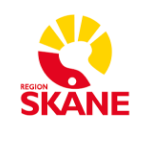
CLC/InnoStars: Scandinavia
Partner classification: Research, Municipality / City, Hospital / University Hospital
Partner type: Core Partner
Skåne is the southernmost county of Sweden. The population of 1.25 million inhabitants lives on 11 027 square km. Skåne has a central location in the south Baltic region, with close connection to Copenhagen. The regional administration is referred to as Region Skåne and has the dual mission to provide welfare services, mainly healthcare services, and to govern for the overall development of the county, including innovation and growth.
Region Skåne
Region Skåne, Innovation Skåne, Sceelevägen 15, SE-223 70 Lund, Sweden
Key Activities in Corporate Innovation
Med Tech, ICT, Diagnostics, Imaging, Consumer products, Nutrition
Key Activities in Social Innovation
Healthcare provision
Key Activities in Business Creation
Incubation, Business coaching, Testing & Validation
Key Activities in Education
Entrepreneurship training, Medical faculties, Healthcare professional education/training

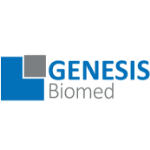
CLC/InnoStars: Spain
Partner classification: Business
GENESIS Biomed is a consultancy firm in the biomedical healthcare sector specialized in providing consulting services to spin-off and start-up companies, entrepreneurs and research centers. Based in our expertise we help entrepreneurs and researchers to shape their business plan and we support them in the private fundraising process. We have worked on 253 projects of 15 different types and we have raised more than 67.5 M€ in the last 6 years. Our expertise domains are biopharmaceutical, biotechnological, medical devices, in vitro diagnostic, digital health nutraceutical and cosmetic. With more than 20 years of expertise in the healthcare sector, we are born in May 2017 and we are located in the Barcelona Science Park and in the center of Madrid.
GENESIS Biomed
GENESIS Biomed, Carrer de Baldiri Reixac, 4-12-15, 08028 Barcelona, España

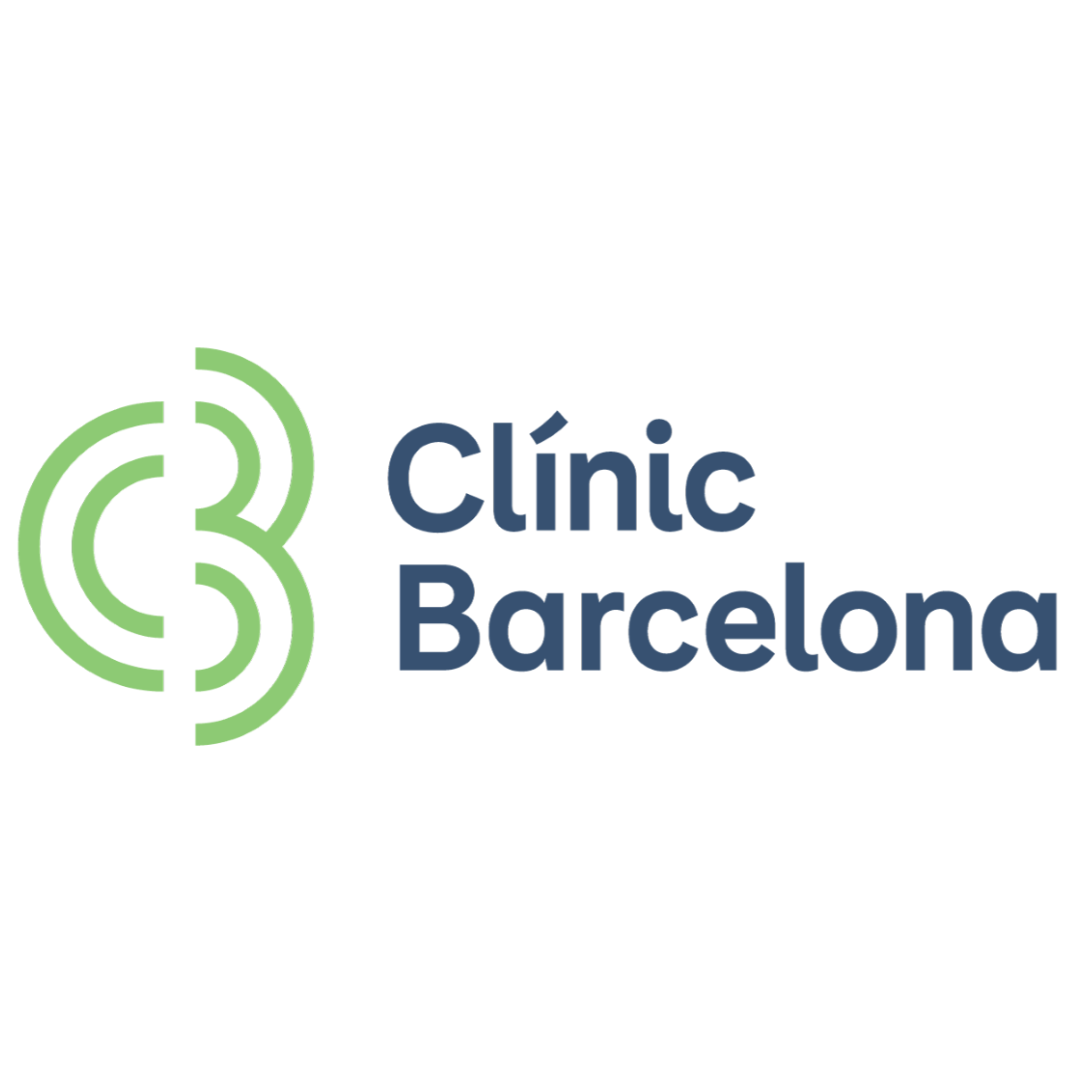
CLC/InnoStars: Spain
Partner classification: Research, Hospital / University Hospital
Hospital Clinic of Barcelona (HCB), founded in 1906, is a university hospital with 4,500 professionals covering most of medical and surgical specialties. It belongs to the Catalan Public Hospital Network and it is both a high-complexity tertiary hospital and a community hospital providing services to more than half million citizens. HCB is placed in Spain in a top position in the areas of research and innovation (e.g. top participant in Societal Challenge 1-Health in H2020).
Hospital Clínic de Barcelona
Carrer de Villarroel, 170, 08036 Barcelona, Spain
Key Activities in Corporate Innovation
Key Innovation capacities
-Strong expertise in EIT Health projects (involved in +30 projects from all pillars since 2016)
-Internationally recognized KOLs in different fields (+100 management positions in international scientific and clinical societies)
-High volume of Clinical Trials (+200 new clinical trials performed every year) with a dedicated Clinical Trial Unit, offering an integral support
-Technology transfer (12 active spin-off; +70 active patent families)
Key Activities in Social Innovation
Healthcare provision
Key Activities in Business Creation
Testing & Validation
Key Activities in Education
-Professionals (AulaClinic) (+500 actions and +7500 participants in 2021) http://www.aulaclinic.com/
-Patients (Patient Experience Forum - Living Lab) (20 focal groups and 75 participants in 2021) https://www.clinicbarcelona.org/uploads/media/default/0002/77/9d52d7598494a2a45a34f19a56a6c4af1af6a0ae.pdf
-Citizens (PortalCLÍNIC) (+5 million visits in 2021) https://www.clinicbarcelona.org/en/portalclinic
